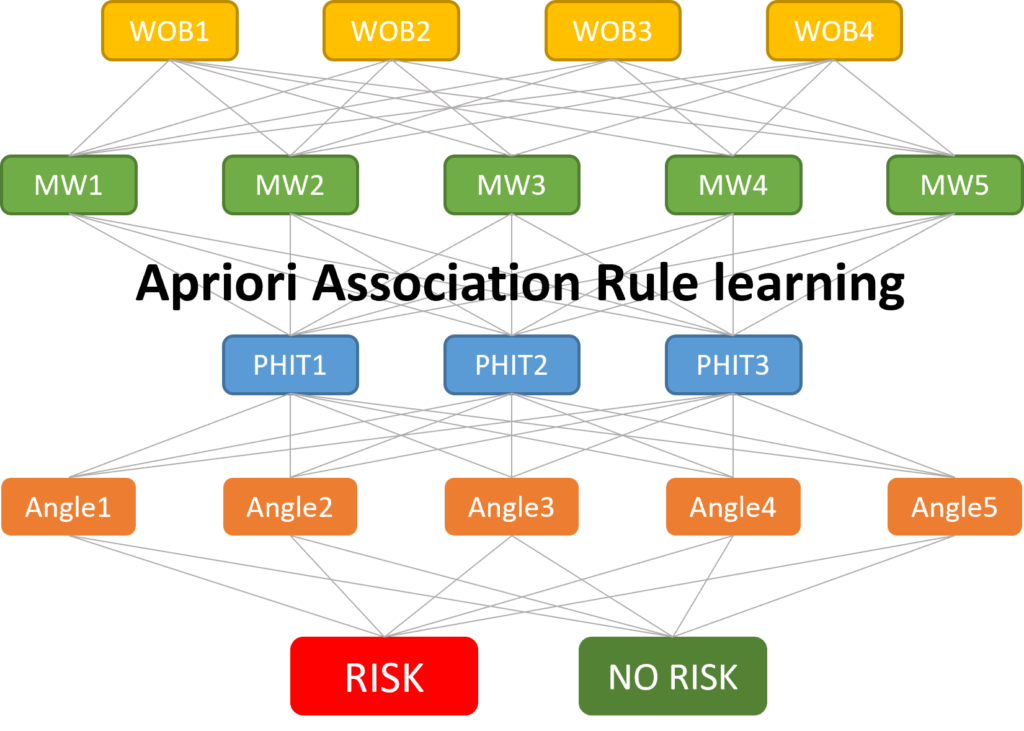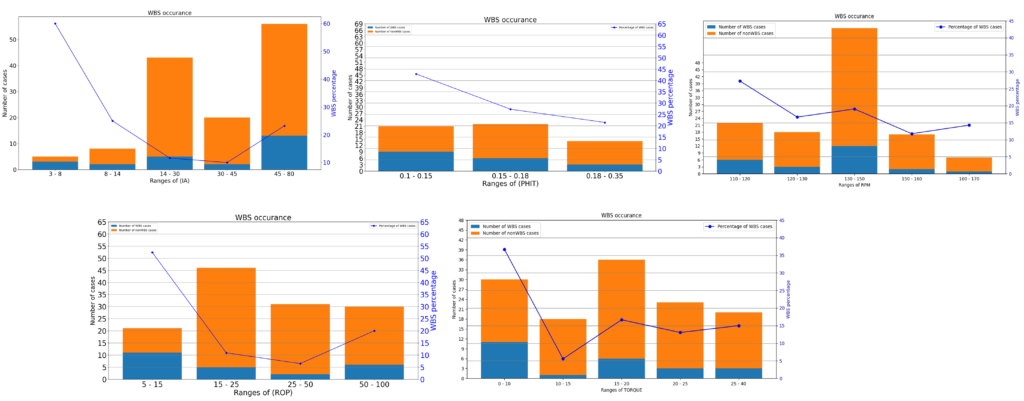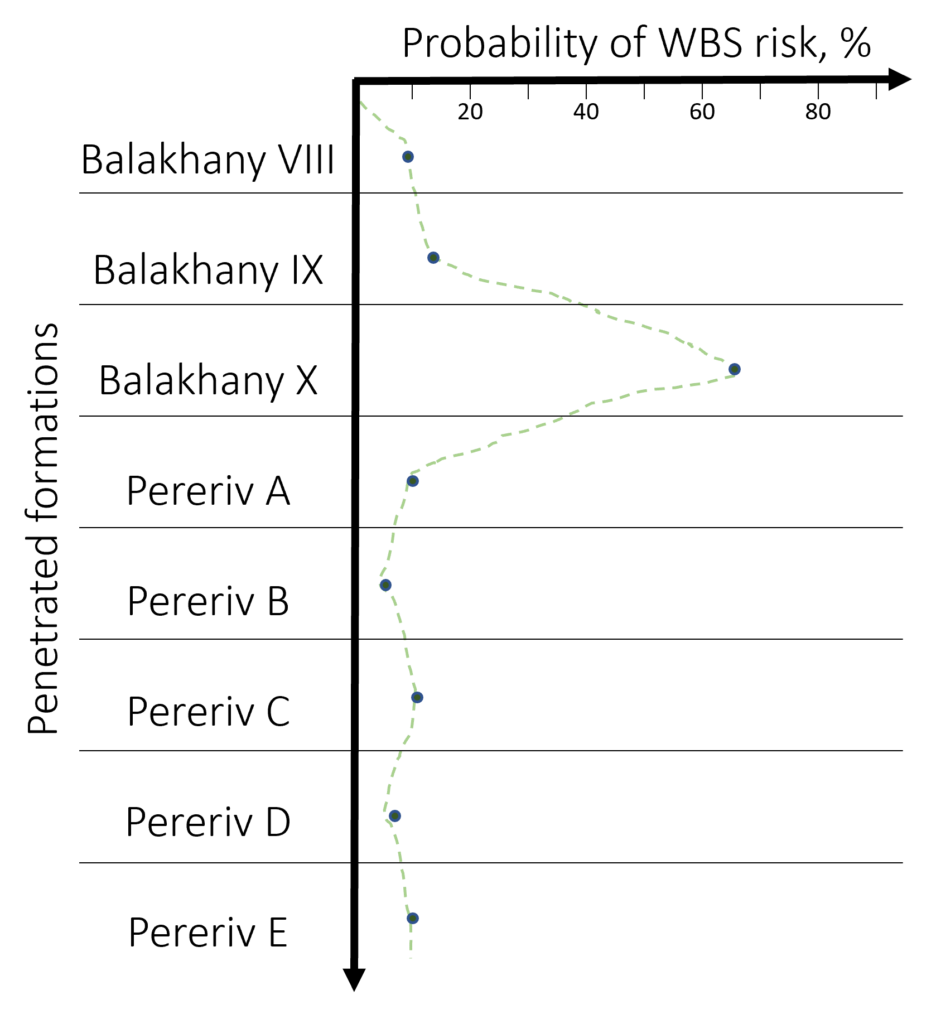Prediction of Drilling Risks using numerical techniques
During drilling operations, wellbore conditions, drilling parameters, as well as rock and stress conditions, can lead to unexpected and significant incidents. Such risks can include stuck pipes, wellbore instability, tight holes, lost circulations, etc. Being able to predict these issues in drilling operations is very important to prevent their occurrence.
Some types of drilling challenges and the reasons associated with them are understood to some degree only on a qualitative level. No tool exists that can predict the risks prior to drilling.

Our team focused on solving one of the important issues that drilling engineers face daily. More specifically, we used a statistical approach and ML algorithms to predict wellbore stability (WBS), erratic torque, stuck pipe and tight hole, and loss risks among all drilling hazards that can occur in a well.
We integrated reported drilling risks over the last 5 years with all subsurface, drilling, and geological data to get a comprehensive view on possible reasons for each risk event. A probabilistic approach based on individual parameters as well as the Association Rule (Apriori) ML algorithm was applied to reveal hidden dependencies between the reported event and other parameters.

An analytical approach suggests a relationship between a specific risk and an individual parameter. In other cases, the ensemble of several factors results in a hazard.

The tool shows the probability of having a risk for each penetrated formation, and the results are very promising.



